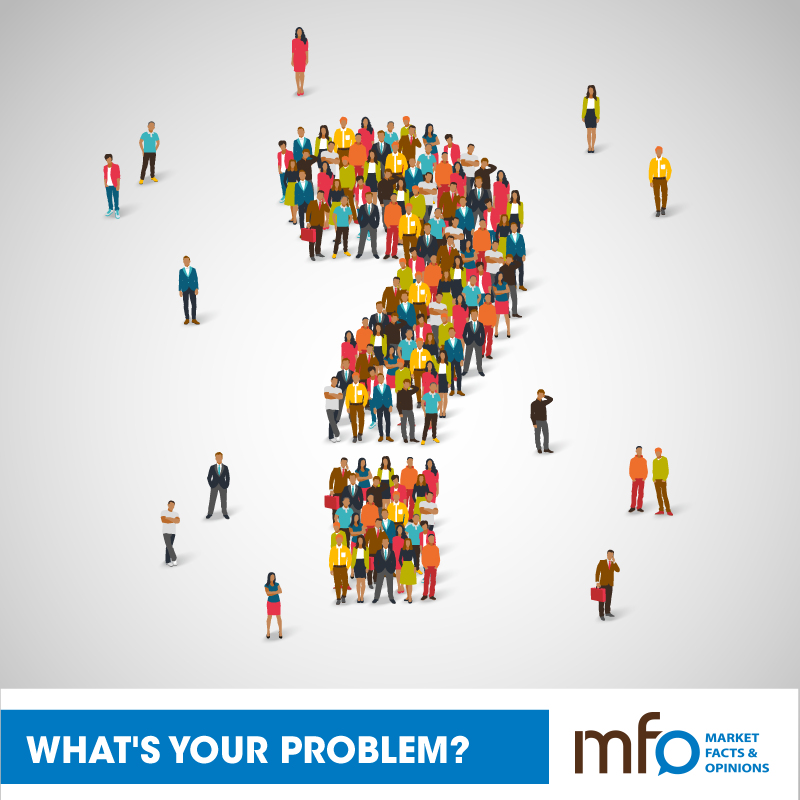- Market Facts & Opinions (2000) Ltd
- mfo@mfocaribbean.com
- Tel: (868) 627-8417/8524
Defining the Research Problem


The comments by the Minister of Social Development re the ‘inaccuracy of the Poverty Report 2014’ highlights an important but often overlooked issue in research: the definition of the problem to be researched. Many persons believe that it is only when you have reached the analysis stage that the ‘crunch’ in research is present. However, the problems in analysis and in interpreting the results start with the definition of the research problem.
Before tackling any research problem, you need to write down what is the problem being addressed. Definition is critical since it forces you to clearly state what you wish to find out and what you will do having found out. There are three sources that ought to be consulted in this stage: the persons who have to act upon the results (they must define their needs for the subsequent actions), ‘experts’ (those who have done work in the area before and know what may or may not be important) and secondary data (what has been done in other times or spheres). This consultation helps to clarify the root problem and its nature and influences the way in which the information collected. There must be a balancing of these interests since the research can be derailed if one of these sources is given more weight than it should. Research is not an attempt to find an answer to confirm the opinion of the expert or the decision maker; it is an open exploration to discover the realities.
Each research problem has two levels: a management decision one and a research one. The former must be clear to help the proper construction of the latter. For example, the management level decision may be ‘should we launch the product?’ The research decision may be “what about the product is appealing to the consumers?” or “What needs does this product fill better than those present in the market?”. This clarification is important and necessary for successful research. The decision maker needs to identify what is the decision to be made then the researcher must break the decision down into variables or concepts. This prevents confusion at the end of the research process.
Breaking down into variables is critical so that what (independent variable) drives which action (dependent variable) can be determined. This step is necessary regardless of whether the objective is to describe what is taking place (descriptive research) or understand what causes things to happen (causal research). A good researcher then develops hypotheses as to what may be going on or what can influence an outcome. For example, if there are many young people, it may be appropriate to believe that there would be interest in the start-up of a sports bar. Or if there are many sports bars, one may theorize that a sports retailer may be successful in opening a clothing store (especially if there are research findings from other locations that support this relationship). Each hypothesis ought to be designed to answer the specific questions that the decision maker needs to make his own decision.
The analyses to be done seek to apply the findings of the research exercise to the earlier discussions had. Were there any confirmations? Any surprises? Anything that can be explained by other research findings? Did the work answer the questions of the decision makers in a manner which allows them to act? Did the work give an insight which was not apparent before?
Notice: a fixation on the ‘numbers’ is not the desired outcome of research. It is at best a by-product or may be a benchmark for action. Good research focuses on what is learnt to move the agenda forward. A number by itself does not trigger the thoughtful consideration of what is possible in the future to separate the organisation from its competitors. Or in the specific case, help our country to be able to lift the poor out of helplessness.
